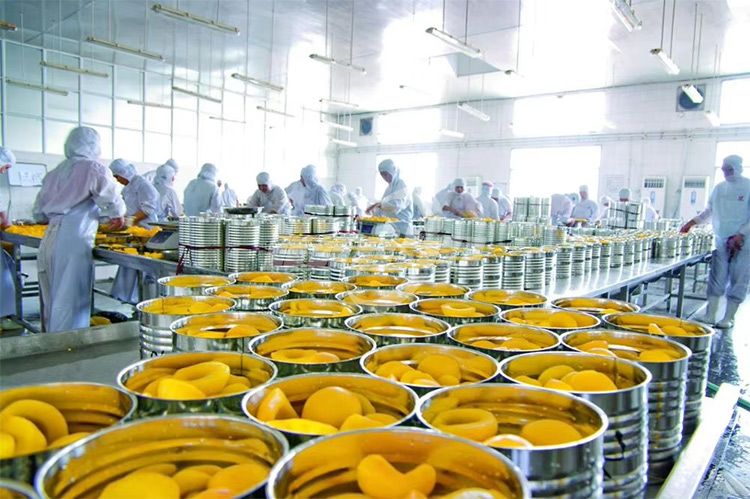In today’s fast-paced food industry, ensuring product safety, quality, and long shelf life is crucial—especially for perishable items like vegetables. A modern vegetable canning production line plays a key role in extending the shelf life of canned vegetables while preserving their taste, texture, and nutritional value.
Let’s explore how each stage of the production line contributes to achieving a long-lasting, safe-to-eat product.
1. Effective Pre-Treatment: Cleaning and Sorting
The shelf life of canned vegetables begins with hygiene. A canning line starts with thorough washing using bubble washers or spray cleaning systems that remove dirt, pesticides, and foreign matter.
Sorting systems—either manual or automated—ensure that only high-quality vegetables proceed further, reducing contamination risks and improving final product consistency.
💡 Clean raw materials = longer shelf stability.

2. Precision Blanching for Enzyme Inactivation
Blanching machines (including steam or water blanchers) are essential to stop enzymatic activity that causes spoilage. They heat the vegetables briefly to deactivate enzymes while preserving color and nutrients.
This process also improves the texture and sterilization readiness of the vegetables—key steps toward long shelf life.
3. Controlled Filling and Brine Addition
Next, vegetables are portioned into sterilized cans or jars. Then comes the addition of preservative liquids such as brine, vinegar, or tomato-based sauces.
Filling machines ensure that each container receives a precise amount of liquid and product, reducing air pockets that could lead to spoilage.
✅ Vacuum or hot filling systems also help prevent microbial growth by minimizing oxygen content.
4. Airtight Sealing and High-Temperature Sterilization
One of the most critical steps for shelf life extension is hermetic sealing followed by thermal processing. Cans are sealed tightly using can seamers or capping machines, then transferred to retort sterilizers or autoclaves.
Here, products are exposed to high temperatures and pressure to eliminate bacteria, yeasts, and molds that cause spoilage. This is the cornerstone of long shelf life in canned vegetables.
🛡️ Sterilization parameters vary depending on the vegetable type and pH level.
5. Cooling, Labeling, and Storage
After sterilization, rapid cooling prevents overcooking and maintains texture. Once cooled, cans are labeled and stored in a dry, temperature-controlled environment.
A well-managed end-of-line process minimizes spoilage during handling and storage.
Conclusion
From precise washing and blanching to airtight sealing and sterilization, a vegetable canning production line is engineered to maximize food safety and shelf life. By eliminating microorganisms, inactivating spoilage enzymes, and preventing oxidation, this fully automated system ensures that your canned vegetables stay fresh, safe, and market-ready for months—if not years.
LONKIA Machinery offers customizable canning solutions to help you build efficient, hygienic, and scalable lines that meet international food safety standards.
